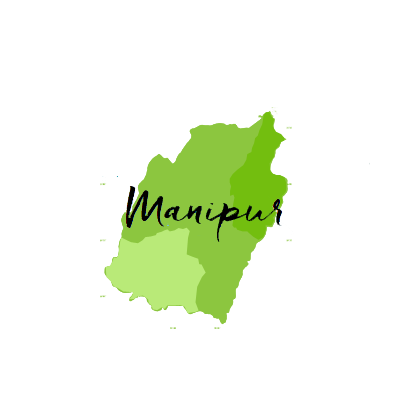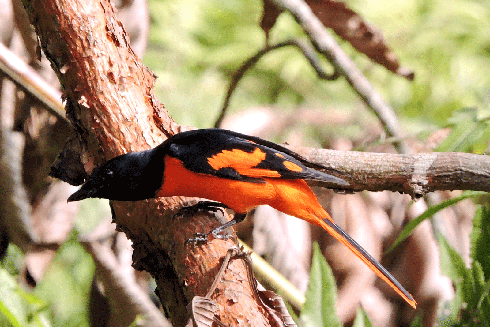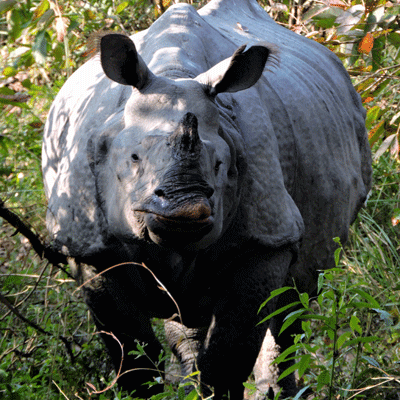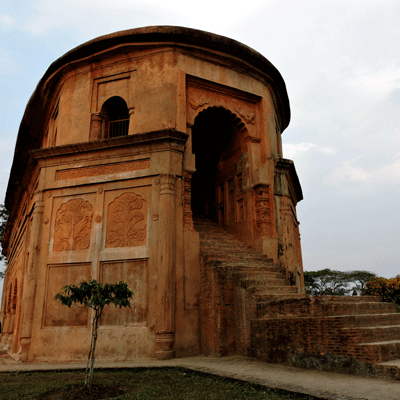





North east India
Tucked into the far eastern corner of India and connected to the mainland subcontinent by a chicken neck lies less ventured to destinations and peoples. Almost half a century ago much of this vast region had been almost completely isolated and unexplored.
The Seven Sisters –Assam, Meghalaya, Tripura, Manipur, Mizoram and Nagaland.
Northeast of India is a region of great natural and cultural diversity. From the icy Himalayan Peaks, which culminate in Mount Kangto ( 7090 m) in the Western Kameng district of Arunachal Pradesh, to the humid plains of Assam and Tripura, Northeast India is home to almost every climatic zone on earth. Only deserts are not to be found in this area.
In addition to its exuberant beauty, and, its richness of rare flora and fauna, it stands out in the ethnic diversity of its peoples. In spite of “civilization” and development creeping in cultural identities have been preserved in rural areas, dense jungles and impenetrable mountains. Its cultures, beliefs and traditions have little in common in comparison with mainland India.
Packages
We believe in showing the best of our region with an aim to make your tour memorable .We have packages for entire North East India but no matter which program you chose, you would find that our itineraries on the region have been well designed to show you in a well though-out and pleasant manner.
Testimonials
Featured
The wildlife places in Northeast India are a heterogeneous mixture of a variety of landscapes, plants, birds and animals. The suitable climatic conditions, geographical location and vast forest reserves have made Northeast India a favorable destination for birds, animals and natural vegetation. Northeast India is home to several wildlife sanctuaries and national parks that are the breeding ground for some of the rarest global species. Read more…
Twenty – eight main ethnic groups, of which 110 subgroups exist, inhabit Arunachal Pradesh, 78 lives in India's second smallest state Tripura, 23 in Meghalaya, 25 in Nagaland, 17 Mizoram, 13 Manipur and more than 20 in Assam – an overwelming and almost inconveceivable ethnic diversity in an area covering approx. 250000 sq. km. Northeast India represents a sort of ethnological transition zone betweeen India and neighbouring China, Tibet, Burma and Bangladesh. Yet the ancestor of many ethnic groups living here hailed from far, further – flung regions, as may be surmised from the languages spoken and the creation myths of the tribes living here. It is conceivable that the peoples who settled in the area came during the great migrations, some , 3000 years ago. Read more…
Knonoma, the first Green Village in Asia, is located about 20 km from the state capital, Kohima. It is a beautiful village brimming with history, culture and nature. The 700 year old village has a fascinating history as it was here that the Angami Naga Warriors made their last stand against the British in 1879. Khonoma houses nature’s pristine beauty in the form of its Alder trees, terraces carved out of its hilly slopes and the Khonoma Nature Conservation Tragopan Sanctuary. It conserves a large and rare variety of plants and animals within its 25 sq. km. area. There are several simple but lovely home stays in Khonoma. Read more…


















